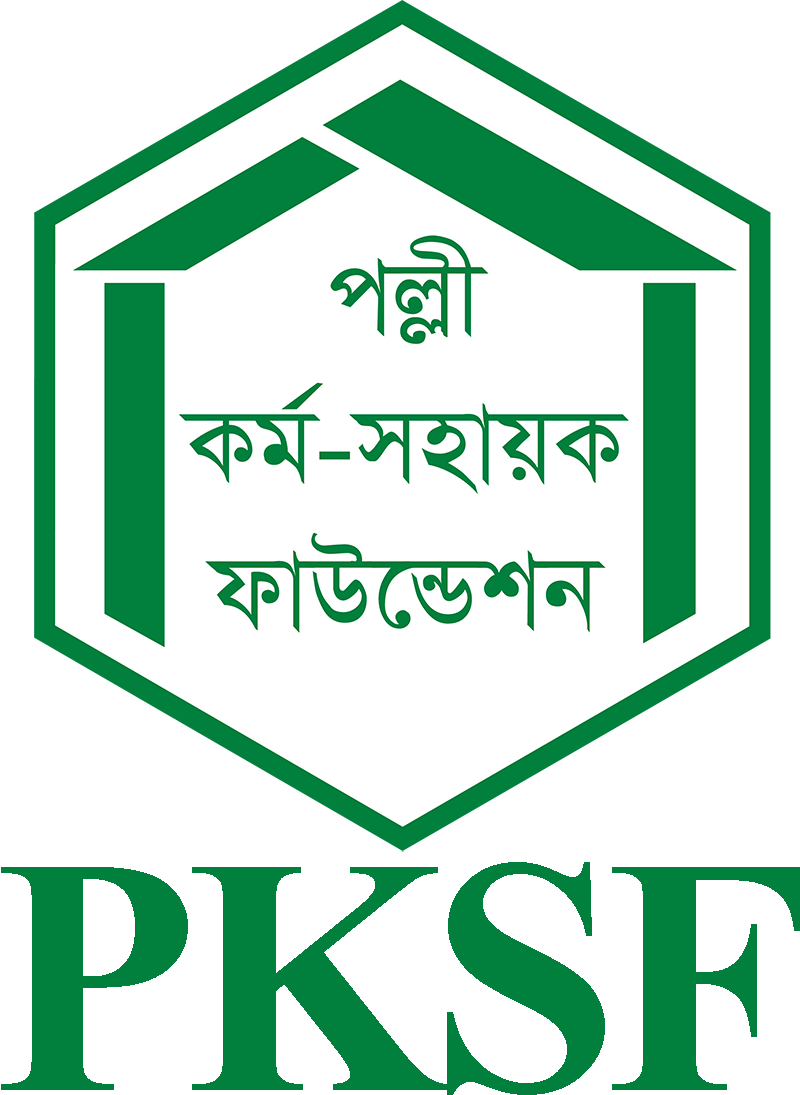PKSF’s ‘Pathways to Prosperity for Extremely Poor People (PPEPP)’ is being implemented with joint funding from the UK’s Foreign, Commonwealth & Development Office (FCDO) and the European Union (EU). PKSF, the core implementing entity of the project, is implementing the project through 19 selected Partner Organisations (POs).
The project builds on the experiences of previous extreme poverty reduction projects in Bangladesh, including PRIME and UPP-Ujjibito implemented by the PKSF with funding from the FCDO and the EU respectively. The project draws experiences also from a number FCDO-funded ultra-poor programmes in Bangladesh such as Chars Livelihood Programme (CLP), Economic Empowerment of the Poorest (EEP), Stimulating Household Improvements Resulting in Economic Empowerment (SHIREE) and Targeting the Ultra Poor (TUP).
The PPEPP project is working to connect extremely poor people with mainstream development activities and economic growth.
Project objectives
To enable 1 million people to exit from extreme poverty for good; and
To support the development of stronger national institutions and systems to deliver the vital public and private services necessary for the extreme poor to become resilient and prosper.
Expected outcome and indicative high-level output
Elementum nibh tellus molestie nunc non blandit. Venenatis a vitae condimentum vitae sapien pellentesque habitant morbi. Turpis quis tincidunt id aliquet risus feugiat in ante metus dictum.
Outcome 1
Sustained market development in target districts creates market demand for goods and services produced by target households and job opportunities.
Indicative high-level output
Developed livelihood options resilient to shocks and stresses.
Outcome 2
GoB begins to support effective graduation-style programme, alongside scale-up of a core set of Life-cycle Grant relevant to labour-poor households.
Indicative high-level output
Improved nutrition practices and sustained through GoB and market systems.
Outcome 3
GoB begins to invest significant resources in the development of lagging regions, including provision of quality basic services in hard-to-reach areas.
Indicative high-level output
Increased awareness among the extreme and vulnerable poor, and empowered to secure their rights.
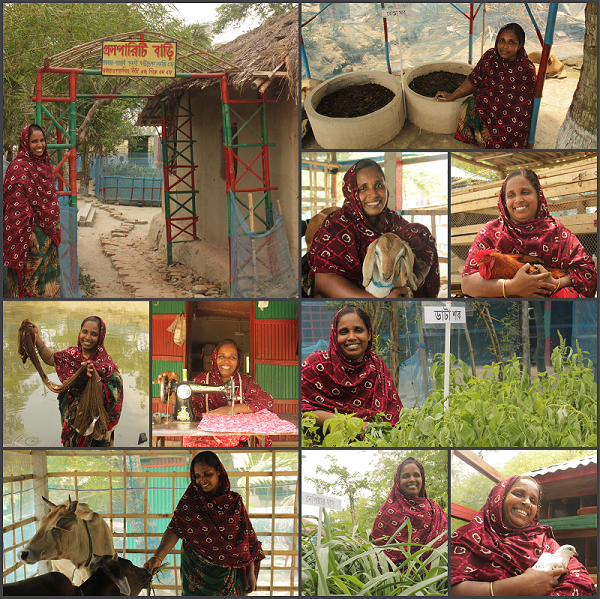
The project will deliver the following indicative results:
1 million extremely poor people (250,000 households) exit extreme poverty for good;
357,000 women and children have better nutrition, and women of childbearing age and adolescent girls benefitted from a package of nutrition interventions;
125,000 women experience a significant change in their social status and level of empowerment within the household and the community; and
Increased resilience to climate change and other shocks for 1 million extremely poor people
Project duration
The project is designed to work for the sustainable development of up to 250,000 households covering 1 million extremely poor people by 2025. Of the total six-year lifespan, first one year is Inception Phase (April 2019-March 2020) and the last five years are Implementation Period (April 2021-March 2025).
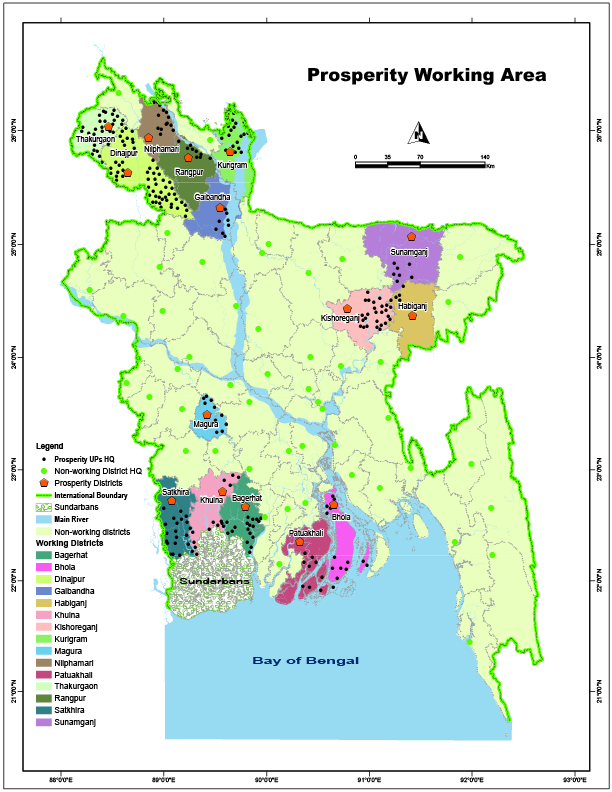
Geographical targeting
The project is being implemented in three climate-vulnerable regions of Bangladesh.
North West: the riverine chars and districts along the banks of the Teesta and Brahmaputra rivers;
South West Coastal Belt: that faces periodic cyclones, tidal surge, salt water intrusion and chronic waterlogging; and
Haor region in the North East: that has a specific ecosystem, presenting a very limited range of livelihood options as it remains under water for nearly six months every year.
In addition, certain extreme poverty-prone pockets are getting support under innovation programmes.
Working area
The Project Implementation Unit (PIU), set up by the PKSF for project implementation, has extensively analysed the selected geographic locations for identifying potential districts and the most vulnerable upazilas considering both demand-side and supply-side information. Based on the analysis, 145 unions in 34 upazilas of 12 districts have been selected for project implementation. The unions have been identified based on various indicators (HIES 2010 information, union-level data, set proxy indicators etc.).
Extremely poor households targeting
The project supports 250,000 extremely poor households to connect them with mainstream development activities and economic growth. The most vulnerable and disadvantaged segments of the society who have “fallen behind”, have been “lagging behind” and have been “left behind” have been brought under the project.
The project caters to the needs of marginalised people, such as people with disabilities, ethnic minorities, and elderly persons. The project is inclusive in targeting, based on 16 sub-categories of vulnerable extreme poor as identified by the PKSF based on its decades-long experience in poverty reduction.
Possible proxy indicators for selecting extreme poor households
Households fulfilling any three of these indicators were considered potential participants of the Pathways to Prosperity project.
Occupation – wage-based (manual labour) earning
Land holding – maximum 10 decimals
Income – per capita monthly income of BDT 2,045 maximum
Housing type – mostly thatched/tin roofed and mud floor
Earning member – single earner
These are the complementary indicators for identifying extreme poor households, and they were taken into account so that no extreme poor family gets excluded.
Female-headed households
Households dependent on child labour
Households with consumption rationing
Households with disable member(s)
Households of ethnic minority, dalit, transgender
Project components
The project has three main components, namely Resilient Livelihoods, Nutrition, Community Mobilisation, and three cross-cutting issues — climate resilience, disability, and women empowerment.
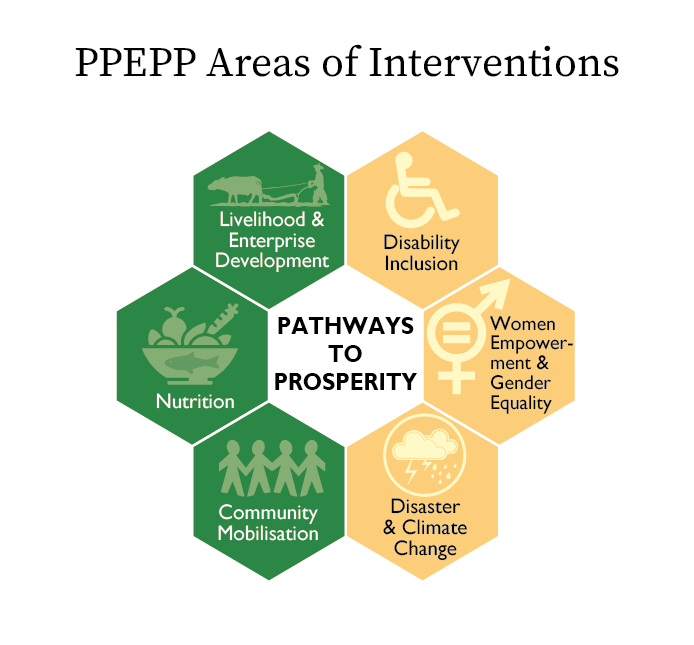


Resilient Livelihoods: Extreme poor households are engaged in various Income Generating Activities (IGAs) with the help of a project-sponsored flexible menu of products. These products include grants, soft loans, technical support and relevant skills training over a longer time frame. Together, they enable the target households to develop a resilient livelihood strategy that supports larger and more sustained income and consumption gains and reduces their vulnerabilities to shocks. The project also aims to grow and transform some of the potential livelihoods into business clusters through value chain interventions, based on the competitive and comparative advantages of the augmented market system of the locality.
Nutrition: The nutrition component focuses on the delivery of a package of Direct Nutrition Intervention (DNI) and nutrition-sensitive interventions of individual households; community-level work to address some of the social practices that prevent good nutritional outcomes; and promoting income-generating activities that support nutrition outcomes where possible. These services make use of the health and nutrition services of the GoB available at the local level. The primary focus of the nutrition programme are under-five children, pregnant and lactating mothers, adolescent girls and other women of child-bearing age.
Community Mobilisation: This component works with extremely poor people and the wider community to build social support and change the social norms that exclude women, girls, people living with disabilities and others, limiting their access to basic services and work opportunities. Through grassroots advocacy, CM component also builds linkage with public and private institutions to ensure extreme poor people’s access to various service system at the local level.
Disaster and climate resilience: This component promotes climate resilient livelihoods for income gains and mitigates impacts of climate hazards by promoting early warning systems in vulnerable communities. It also supports households in managing common risks such as illness as well as predictable disasters/climate related risks such as flood and cyclone.
Disability: This component is designed to address the specific needs of the extremely poor people with disability. Where possible, livelihood opportunities are tailored to their specific capacities. The project seeks to increase their access to social safety nets, where needed, to ensure that basic needs are met.
Women empowerment: This component focuses on gender relations within households and across the community involving both men and women. The project deliberately targets women as primary participants of the livelihood graduation component.
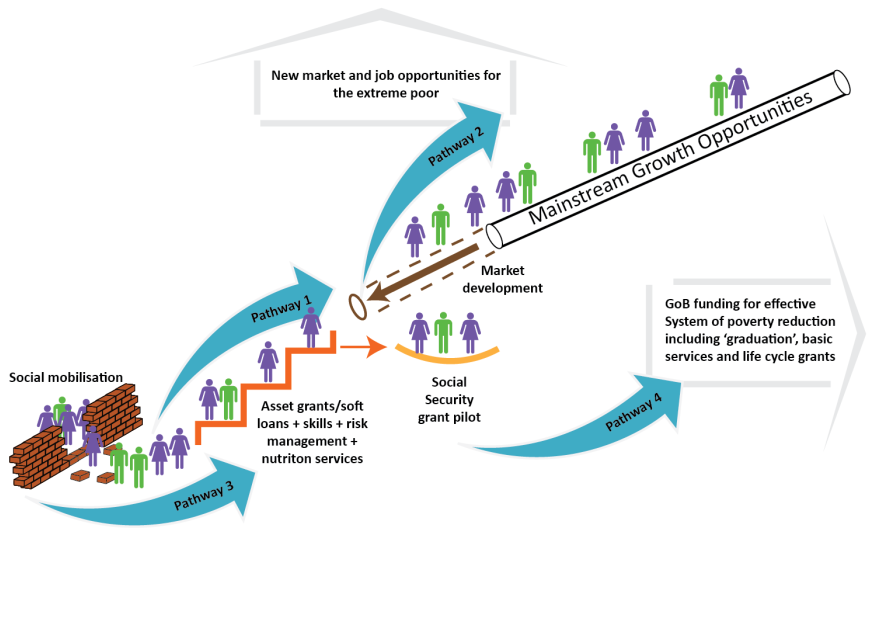
The Theory of Change for this programme can be presented as four separate but connected pathways.
Pathway 1
The target households will get support for a range of improved, durable livelihood options, enabling them to access a sustained pathway out of poverty.
Pathway 2
Combined interventions to improve extremely poor households’ access to the mainstream market increases the income and/or job opportunities and supports livelihood diversification.
Pathway 3
The voice of extremely poor people and marginal communities will be amplified through Community Mobilisation and advocacy, leading to increased GoB spending on basic services.
Pathway 4
Support for testing the introduction of comprehensive social security initiatives in lagging regions adds momentum to the reform process. This will contribute to political support and wider scale-up of a reformed social security system.
Together, these four pathways will lead to sustained upward income and sustainable prosperity of the target households.
Institutional arrangements
The PKSF is the core implementing entity, which is implementing three major components – Resilient Livelihoods, Nutrition and Community Mobilisation. The PKSF has already established a Project Implementation Unit (PIU) to this end. PIU is led by a general manager who is also the project director and a deputy general manager who is also the deputy project director.
The PKSF is implementing the project through its selected partner organisations. For project implementation 19 POs have been selected on the basis of their experience of working with extreme poor (including socially excluded communities and persons with disabilities), their operational presence in the working area, institutional capacity in terms of financial efficiency and strength, operational efficiency, growth indicators and risk management indicators, among other things.
A Project Steering Committee (PSC), chaired by the senior secretary/secretary of the Financial Institutions Division under the finance ministry, oversees the overall direction of the project. The PSC has also representatives form FCDO and EU as well as form ERD, FID, and PKSF.
Monitoring and evaluation (M&E)
The programme has developed a results framework to track progress against key outputs and outcomes. The M&E framework will draw on tools and methods from Donor Coordination on Enterprise Development Standard for results measurement and reporting. At the PIU level, the PKSF conducts Results-Based Monitoring every year and ATOM every three months for impact evaluations on the core livelihood, nutrition and community mobilisation components along with three cross-cutting issues. In between, PKSF and PO staff undertakes regular field visits to monitor progress and to take corrective measures where needed.
PPEPP Gallery
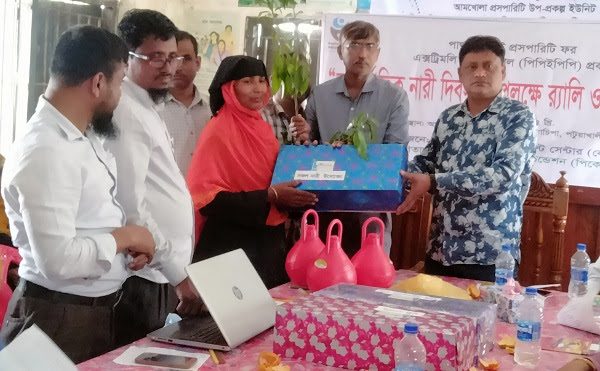



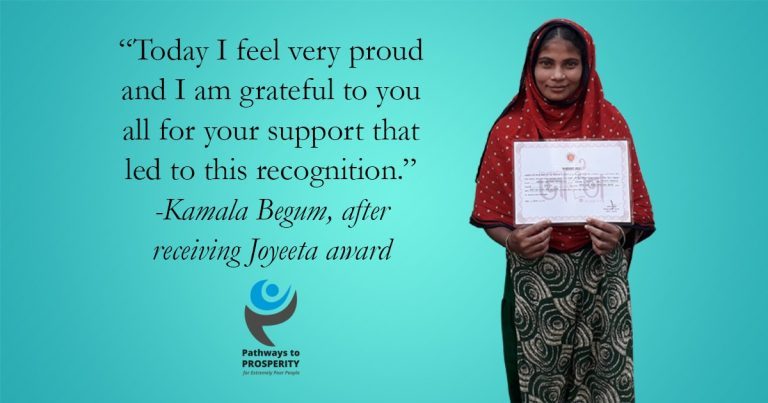
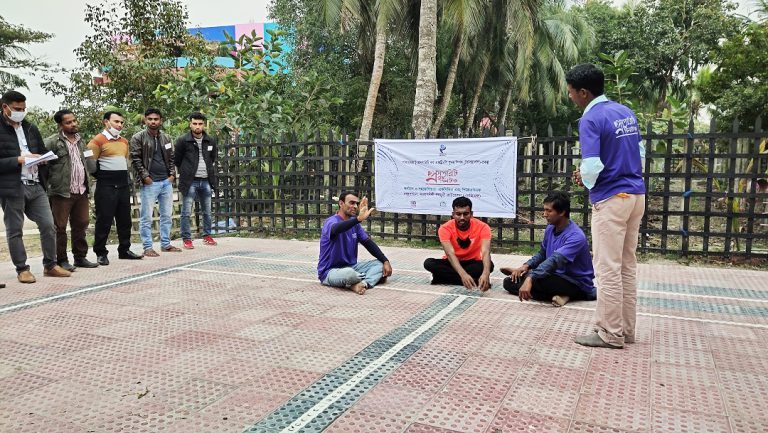
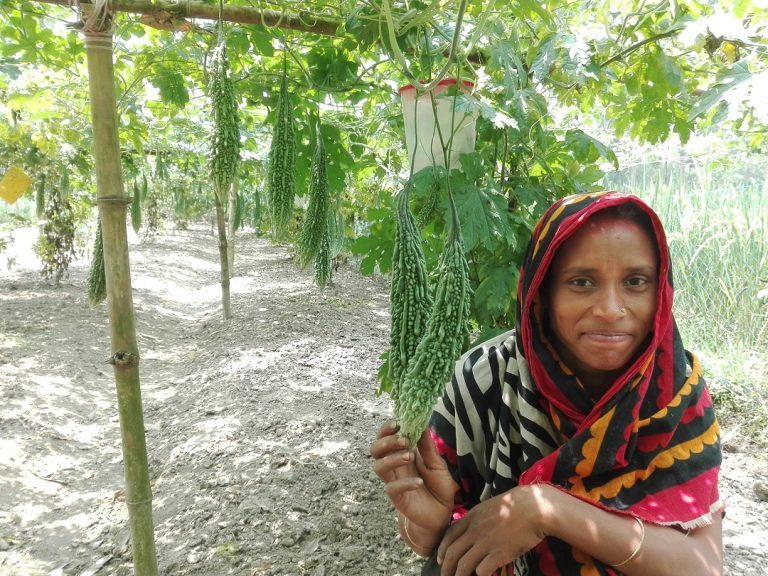
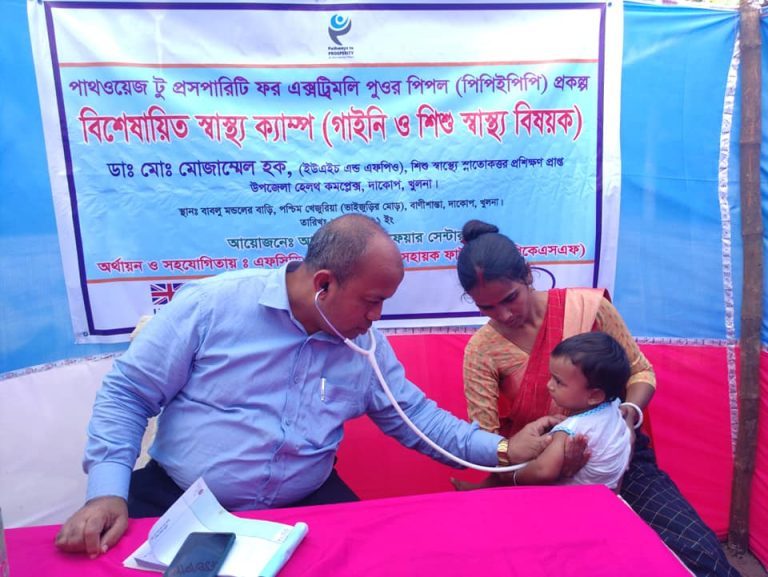
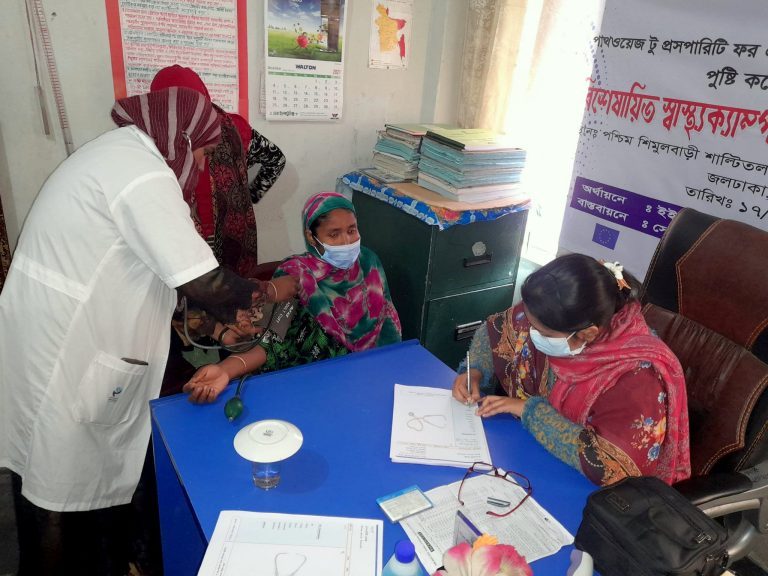

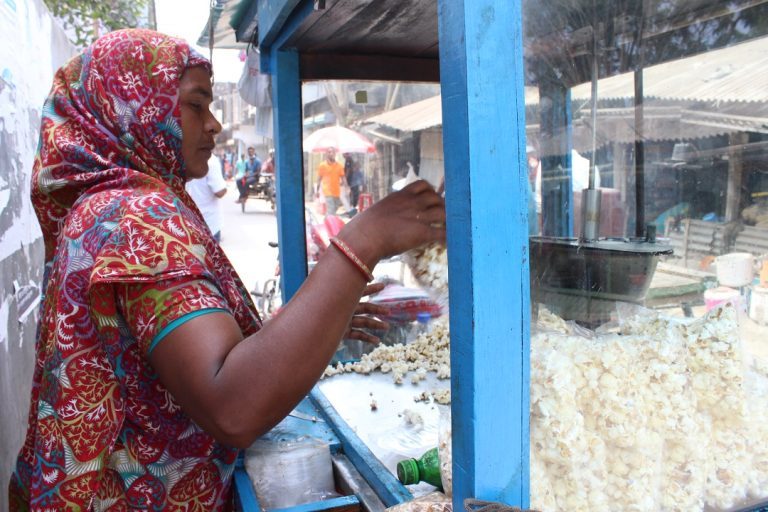




Reports and Publication
